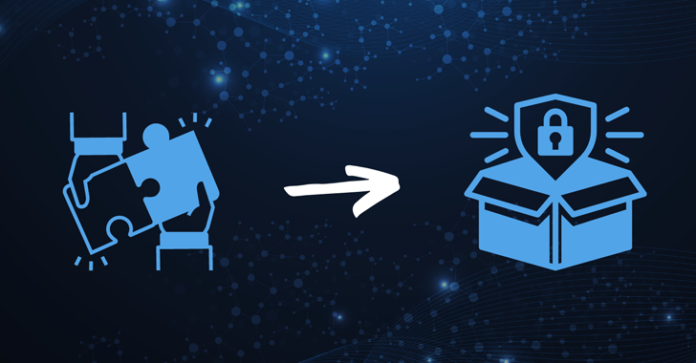In the fast-paced cybersecurity landscape, product security takes center stage. DevSecOps swoops in, seamlessly merging security practices into DevOps, empowering teams to tackle challenges. Let’s dive into DevSecOps and explore how collaboration can give your team the edge to fight cyber villains.
Application security and product security
Regrettably, application security teams often intervene late in the development process. They maintain the security level of exposed software, ensuring the integrity and confidentiality of consumed or produced data. They focus on securing data flows, isolating environments with firewalls, and implementing strong user authentication and access control.
Product security teams aim to guarantee the intrinsic reliability of applications. They recommend tools and resources, making them available to developers and operations. In the DevSecOps approach, each team is responsible for the security of the applications they create. These teams apply secure coding practices, perform static and dynamic testing, and ensure that applications are resistant to exploitation, sensitive data remains secure, and the applications can handle loads and attacks.
Strengthen product security
The SecOps guild, which intervenes in product teams, generally has a cross-functional role, ensuring consistency between projects for both technological and financial reasons. They encourage DevOps teams to use the selected security tools and ensure proper implementation. This step rationalizes security resources, and further collaboration allows each DevOps team to benefit from the work and experience of others.
There could be a simple way to strengthen product security with collaborative tools:
1 — Plan mitigation
In the event of a security incident or vulnerability, knowing that the potential damage is identified and controlled is mandatory for SecOps. This is why offering profiling information and ways for users to sandbox the software ranks among the best things they can do. It may begin with using containers with limited privileges but designing a security profile can take it a step further. Supplying AppArmor profile or Seccomp filters ensures that even if the app is compromised, both the attacker’s potential and attack surface remain highly restricted and known. Incident response and forensic teams will be grateful for this.
2 — Identify abnormal behavior
Developers can identify error signals during application development, usually in the form of error messages in logs. DevOps teams can determine if certain error occurrences signify abnormal or offensive behavior by categorizing error messages and associating them with abnormal behavior in shared artifact repositories on Github or any other collaborative platform. Using structured logging also makes their later analysis much easier.
3 — Compare, count, and correlate
These indicators must be compared, counted, and correlated. Multiple failed authentication attempts or attempts to submit incorrect data or document formats are reliable markers of unexpected behavior. Relying on a centralized tool like a SIEM for this task may contradict some DevOps principles. Instead, application decisions should be made quickly and locally, adapting at the pace of the application as necessary. There are numerous description languages, enabling the generation of behavioral scenarios directly from developer-supplied data with minimal integration into the CI/CD process.

4 — Take action
Once deviant behavior is identified, measures must be taken to protect the application. Actions may include slowing down a flow that could harm an application’s processing capabilities, revoking an attacker’s access, or banning their IP. Those with a SOAR can use it to respond rapidly to security events, while others may prefer decentralized decision-making using tools like CrowdSec to interface with web front ends, authentication servers, or firewalls.
5 — Share security signals
As SecOps often work with multiple DevOps teams, tools that recognize abnormal behavior and offer graduated responses are helpful. Sharing security signals allows each DevOps team to benefit from others’ experiences. By associating a scenario with each code library to characterize abnormal behavior, time is saved each time another team uses that library. Scenarios stored in local repositories are accessible to all, allowing the creation of a security framework for each application that integrates them. In the end, securing applications largely relies on the experience previously acquired by all DevSecOps teams.
6 — Share more
Collaborative tools enable sharing of attack signals, using frameworks like MITRE ATT&CK for example. An aggressive source banned for offensive behavior on one application can be banned across all company applications. For instance, each CrowdSec Security Engine could share signals on a local or global scale, so attackers’ IPs are recognized and immediately blocked, protecting applications and data while alleviating the burden on security infrastructures.
Stronger together
DevSecOps teams unite to secure their applications, fostering collaboration for top-notch reliability and data security. Embracing tools that leverage collective experience elevates protection against a growing horde of cyber criminals. By sharing attack signals and harnessing crowd-sourced intel, organizations stand stronger in unison, squaring off against cyber threats. Ultimately, it’s all about teamwork, proving that we’re an unstoppable force against cyberattacks.
You can demo the collaborative tool mentioned in the article by visiting https://booking.crowdsec.net/book-a-demo
Note: This article is authored by Jerome Clauzade at CrowdSec.
Source: thehackernews.com










